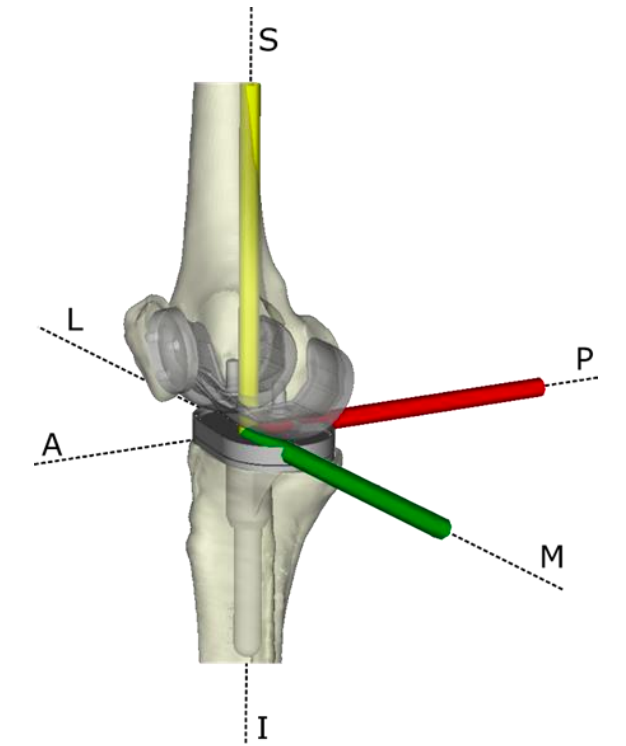
Accurate predictions of joint contact forces through computer simulation of musculoskeletal dynamics can provide insight, in a non-invasive manner, into the joint loads of patients with osteoarthritis and healthy controls. The current approach to assume optimal control, in terms of metabolic energy expenditure, remains a major limitation of the prediction of muscle activation patterns that determine joint contact forces. Stochastically optimal muscle control, in the form of a stochastic component superimposed to the optimal control, could potentially explain the inter-trial variability as observed in measured knee contact forces during level walking. A probabilistic approach was used to predict sets of possible muscle activation patterns within a 5 and 10% limit from the optimal muscle activation pattern. The knee contact forces determined by both the optimal and stochastically optimal muscle activation patterns were compared to the corresponding knee contact force patterns measured by an instrumented implant. The range of muscle control patterns captured the inter-trial variability of knee contact forces for most of the gait cycle, suggesting that the probabilistic approach used here is representative of a stochastically optimal control that accounts for co-contraction, whereas during some time intervals a more explicit representation of the motor control strategy is required. These findings underline the importance of stochastically optimal muscle control in the prediction of knee forces within a multi-body dynamics approach.

